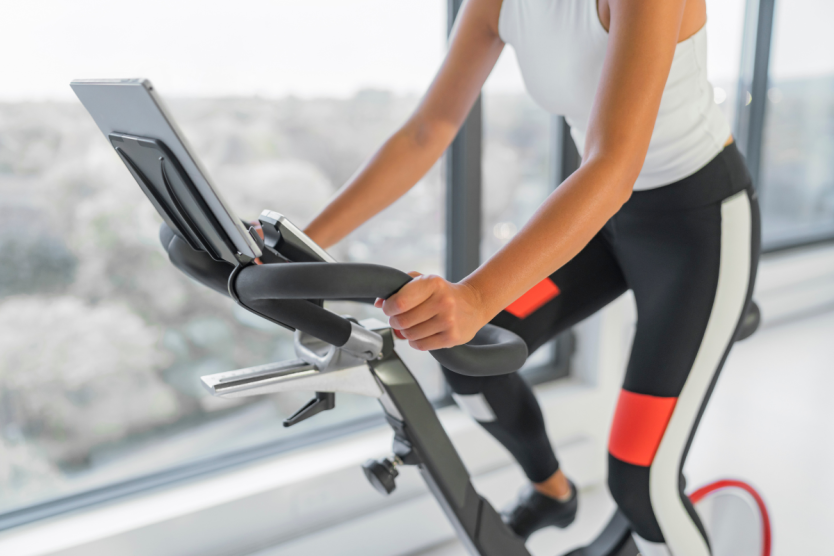As we explored in Part 1, women with prolapse find that their quality of life can be affected.
Depending on the location and severity of your prolapse, your symptoms can vary and they can change over time. For instance, you may find that sex hurts, or you have trouble reaching orgasm. You may develop constipation, or it may get worse.1
We also know that prolapse might make you hesitant to exercise. But you shouldn’t stop being active. Here are some 5 tips for exercising with prolapse.
5 Tips for Exercising with Prolapse
1. Strengthen Pelvic Muscles
Exercises to benefit the pelvic floor muscles are ideal to add to a workout regime, even for women without prolapse. Pelvic floor exercises—known as Kegels—strengthen the muscles in the lower part of the pelvis. Kegels can improve the symptoms in mild and moderate cases and sometimes prevent the organs from slipping down further.2
2. Choose the Best Exercises
Besides pelvic floor exercises or Kegels, other exercises ideal for women with pelvic organ prolapse include aerobic exercises three to five times a week, such as walking, cycling, or swimming; and resistance training two to three times a week. Aerobic exercise is good for your cardiovascular system, muscles, tendons and ligaments, and will help maintain a beneficial weight. Resistance exercises help increase your muscular strength, and integrate your core into functional tasks.3
Yoga is another good option, as it can strengthen your core muscles and help ease stress.
3. Be Mindful of Technique
The way you exercise should change with prolapse. Here are some general guidelines:3
- lighten your weights so you don’t feel pressure down on your pelvic floor
- avoid holding your breath
- reduce the depth of your squats and lunges
- avoid all abdominal exercises such as sit ups and crunches
- maintain good posture
- choose supported positions
- keep your legs closer together during exercise and avoid wide legged squats or squat jumps
4. Adapt or Avoid Risky Exercises
There are some types of workout moves that can be risky for women with prolapse, and some women may be able to withstand more pressure on their pelvic floor than others. There are popular equipment-based exercises that may be unsafe.4
For instance, performing deep wide leg squats using heavy weights has the potential to generate forceful downwards pressure on the pelvic floor. Heavy kettlebell exercises may also increase the load on the pelvic floor, such as lifting heavy kettlebells from ground level. Instead, modify the exercise by performing back to ball wall squats, for example, or seated light kettlebell upper body strength exercises.4
5. Look for Special Equipment
Some activities can impact your genital region. If you cycle, for instance, the saddle on your bike can exert pressure on the perineum (the area between your vagina and anus), and can impact genital sensation. There are different types of saddles, from traditional to cutout, and wider saddles that may reduce perineal pressure and overall total saddle pressure.5
Bike fit in terms of handlebar height also has an impact. Handlebars positioned lower than your seat can be associated with increased pressure in the perineum, likely due to leaning forward when you ride. That’s not to say you shouldn’t cycle. Find a saddle that’s comfortable for you, and be sure to take breaks from cycling when the genital area becomes numb or hurts.5
Ask a Doctor
Don’t give up on being active if you have pelvic organ prolapse. Exercise—done the proper way—can help with the negative emotions, fatigue and even depression that sometimes accompany this pelvic condition. Use our Physician Finder to find a doctor near you with expertise in women’s health, who can provide advice on exercise and prolapse for your specific situation.




















